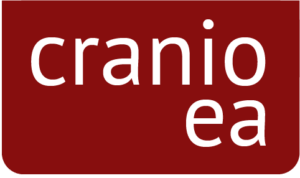Craniosacral Therapy Training
Content of the Training (Module 1-6, 2023 – 2026)
Note: Changes may occur in the curriculum to update material.
All modules include:
- A printed course manual for each module
- Training in the theory contained in each manual
- Demonstrations and practical partner work
- Time for questions and sharing of experiences to encourage peer learning (intervision)
- Supervision on a daily basis (appr. 40 hors a 45 mins) for reflexion and expansion of the students competence
- Meditation, sitting in silence, yoga and gentle movements
Content of Module 1 – 6:
Enquiries
For more information or to enquire about the next upcoming training, please contact Elke by email info@cranio-therapie-stuttgart.de or phone +49 (0)15735 220 814.
